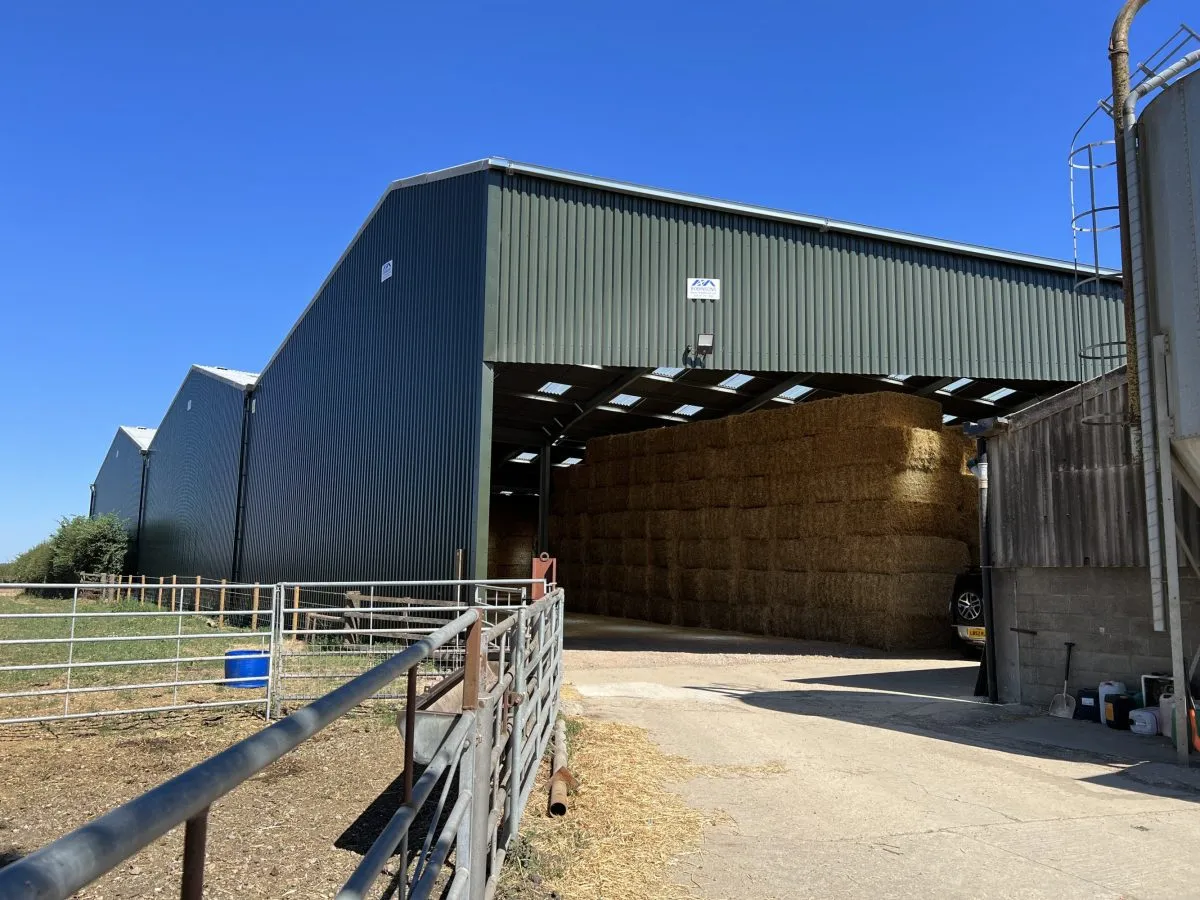- Afrikaans
- Albanian
- Amharic
- Arabic
- Armenian
- Azerbaijani
- Basque
- Belarusian
- Bengali
- Bosnian
- Bulgarian
- Catalan
- Cebuano
- Corsican
- Croatian
- Czech
- Danish
- Dutch
- English
- Esperanto
- Estonian
- Finnish
- French
- Frisian
- Galician
- Georgian
- German
- Greek
- Gujarati
- Haitian Creole
- hausa
- hawaiian
- Hebrew
- Hindi
- Miao
- Hungarian
- Icelandic
- igbo
- Indonesian
- irish
- Italian
- Japanese
- Javanese
- Kannada
- kazakh
- Khmer
- Rwandese
- Korean
- Kurdish
- Kyrgyz
- Lao
- Latin
- Latvian
- Lithuanian
- Luxembourgish
- Macedonian
- Malgashi
- Malay
- Malayalam
- Maltese
- Maori
- Marathi
- Mongolian
- Myanmar
- Nepali
- Norwegian
- Norwegian
- Occitan
- Pashto
- Persian
- Polish
- Portuguese
- Punjabi
- Romanian
- Russian
- Samoan
- Scottish Gaelic
- Serbian
- Sesotho
- Shona
- Sindhi
- Sinhala
- Slovak
- Slovenian
- Somali
- Spanish
- Sundanese
- Swahili
- Swedish
- Tagalog
- Tajik
- Tamil
- Tatar
- Telugu
- Thai
- Turkish
- Turkmen
- Ukrainian
- Urdu
- Uighur
- Uzbek
- Vietnamese
- Welsh
- Bantu
- Yiddish
- Yoruba
- Zulu
nov . 02, 2024 03:50 Back to list
Understanding Industrial Building Types An Overview
Industrial buildings play a crucial role in the economy, serving as the backbone for manufacturing, storage, and distribution. As industries evolve, so do the requirements for the spaces where these operations take place. This article explores various types of industrial buildings, their characteristics, and their significance in the industrial landscape.
1. Manufacturing Facilities
Manufacturing facilities are designed specifically for the production of goods. These buildings are typically large, open spaces equipped with heavy machinery, assembly lines, and storage areas for raw materials and finished products. They can vary significantly in size, depending on the nature of the products being manufactured. For example, a facility producing large machinery will have different spatial requirements compared to one focused on electronics assembly. The layout is often designed to facilitate workflow, promoting efficiency and safety.
2. Warehouses
Warehouses are essential for the storage of goods before they are distributed to retailers or end consumers. These buildings are typically characterized by their large open floor plans and high ceilings, allowing for the stacking of goods and the use of forklifts and pallet jacks. Warehouses can be classified into various types, including bulk warehouses (which handle large volumes of products) and distribution centers (which focus on rapid turnarounds for retail fulfillment). As e-commerce grows, the demand for sophisticated warehouses that can handle high volumes of small orders is increasing.
Distribution centers are a specialized type of warehouse designed for the rapid movement of goods. They often serve as the critical link between manufacturers and retailers. These facilities are strategically located near transportation hubs to enhance logistics and reduce delivery times. Distribution centers incorporate advanced technology such as automated sorting systems and inventory management software, enabling them to streamline operations and improve efficiency.
industrial building types

4. Flex Spaces
Flex spaces represent a hybrid model that combines manufacturing and office space. These buildings offer versatility, allowing businesses to adapt the space to their specific needs. Flex spaces are attractive to startups and smaller companies that require a mix of light manufacturing, warehousing, and office functions under one roof. This type of industrial building is particularly popular in urban areas where the flexibility allows for innovative business models and a dynamic workspace.
5. Research and Development (R&D) Facilities
R&D facilities are essential for industries that rely on technological innovation and product development. These buildings often incorporate laboratories and testing areas where new products are designed and evaluated. The layout must accommodate specialized equipment and may require specific environmental controls, such as temperature and humidity regulation, to ensure precise test conditions. R&D facilities are critical for industries such as pharmaceuticals, biotechnology, and aerospace, where research plays a vital role in success.
6. Cold Storage Facilities
Cold storage facilities are specifically designed for the preservation of perishable goods. These buildings maintain controlled temperatures to safeguard products such as food, pharmaceuticals, and chemicals. The construction of cold storage requires specialized insulation and refrigeration systems to ensure consistent temperature management. As global trade increases, the demand for efficient cold storage solutions has grown, making these facilities a vital part of the supply chain.
Conclusion
Industrial building types are diverse and tailored to meet specific operational needs. From manufacturing facilities to cold storage units, each category plays a vital role in supporting economic activity and ensuring the smooth flow of goods. As industries evolve and technology advances, the design and functionality of these buildings will continue to adapt, fostering innovation and efficiency in the industrial sector. Understanding these different types is essential for stakeholders involved in urban development, real estate, and industrial operations, ensuring that the built environment supports economic growth and sustainability.
-
Cold Formed Steel Residential Framing
NewsMay.21,2025
-
Innovative Steel Structure Building Solutions
NewsMay.19,2025
-
Innovative Prefab Metal Shed Solutions
NewsMay.19,2025
-
Durable Steel Horse Shelter Solutions
NewsMay.19,2025
-
Durable Metal Shed Solutions
NewsMay.19,2025
-
Durable Big Metal Shed Solutions
NewsMay.19,2025
Products categories
Our Latest News
We have a professional design team and an excellent production and construction team.












